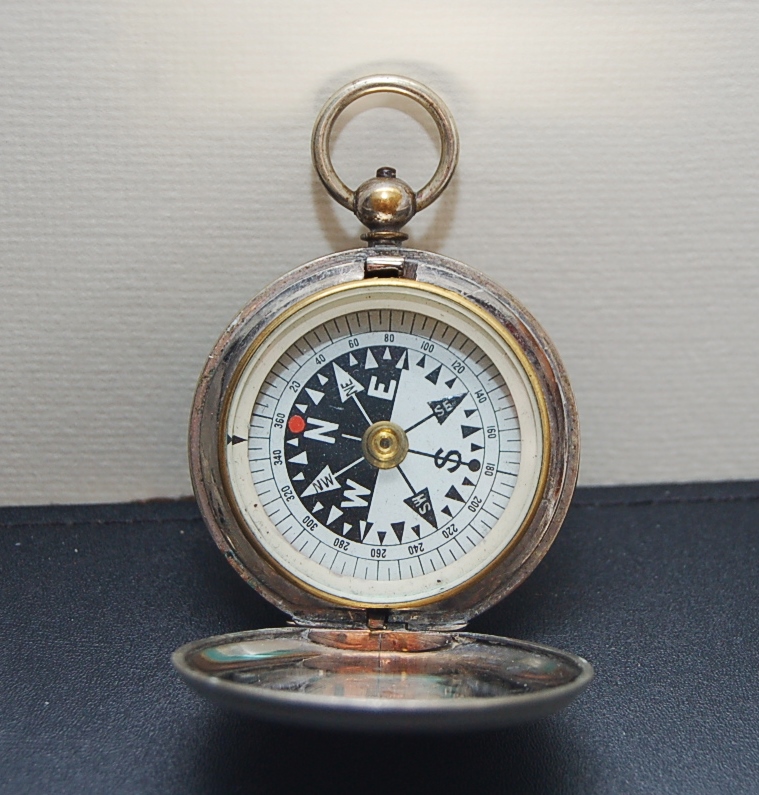Pocket watches emerge as indispensable companions, intricately woven into the fabric of the evolving railroad industry. This journey unveils the symbiotic relationship between pocket watches and the railway, illuminating the pivotal role these timepieces played in fostering efficiency, safety, and punctuality during the golden age of train travel.

Navigating the early railroad chaos
As railroads stretched across continents in the 19th century, the imperative for precise timekeeping became undeniable. With each locality operating on its own local time, the absence of standardized schedules posed a considerable threat to trains traversing various regions. The resultant chaos manifested in confusion, delays, and the ominous risk of catastrophic collisions. This tumultuous era underscored the urgency for a solution that could synchronize time across the expanding railway network.
The dawn of Railroad Standard Time
In response to the chaos of inconsistent timekeeping, Sir Sandford Fleming, a visionary Canadian railway planner, proposed the groundbreaking concept of dividing the world into standardized time zones. The adoption of this idea marked the inception of Railroad Standard Time, a revolutionary system that laid the foundation for contemporary global timekeeping standards. Pocket watches played an integral role in this transformative period. Railroaders and conductors relied on these portable timepieces, often secured to their uniforms, to ensure adherence to the newly established schedules. The precision and reliability of pocket watches became paramount in averting the perils of time discrepancies on the bustling railroads.
Precision on the rails
For railroad engineers, the pocket watch underwent a profound metamorphosis, evolving into an indispensable tool intricately woven into the efficiency and safety of railway operations. These engineers, entrusted with the delicate orchestration of train schedules, carried pocket watches that surpassed their mere timekeeping function, becoming symbols of precision and reliability on the expansive tracks.
These pocket watches were not mere ornate accessories; they were robust instruments meticulously designed to meet the rigorous demands of the railway environment. Crafted with precision engineering, these timepieces boasted advanced features to navigate the challenges of their profession. The inclusion of a seconds hand provided engineers with the temporal granularity necessary for making split-second decisions. Additionally, luminous dials emerged as a crucial innovation, ensuring readability during the nocturnal journeys characteristic of railroad operations.
In the symphony of railway orchestration, the synchronized coordination of these specialized pocket watches with Railroad Standard Time emerged as a cornerstone of operational efficiency. Engineers stationed at different points along the vast railway network relied on the uniformity of time provided by this system. This meticulous timekeeping allowed them to fine-tune the choreography of departures and arrivals, reducing the risk of collisions and streamlining the entire transportation process.
Legacy of precision and safety
The legacy of pocket watches in the railroad industry endures, symbolizing an era when precise timekeeping became inseparable from the safety and reliability of train travel. While modern technology has introduced new timekeeping methods, the historical significance of pocket watches in the annals of the railroad industry remains undeniable. The iconic image of a conductor checking the pocket watch before signaling the departure of a train is a timeless reminder of an era when these portable timepieces were the unsung heroes of railroad punctuality and safety.
